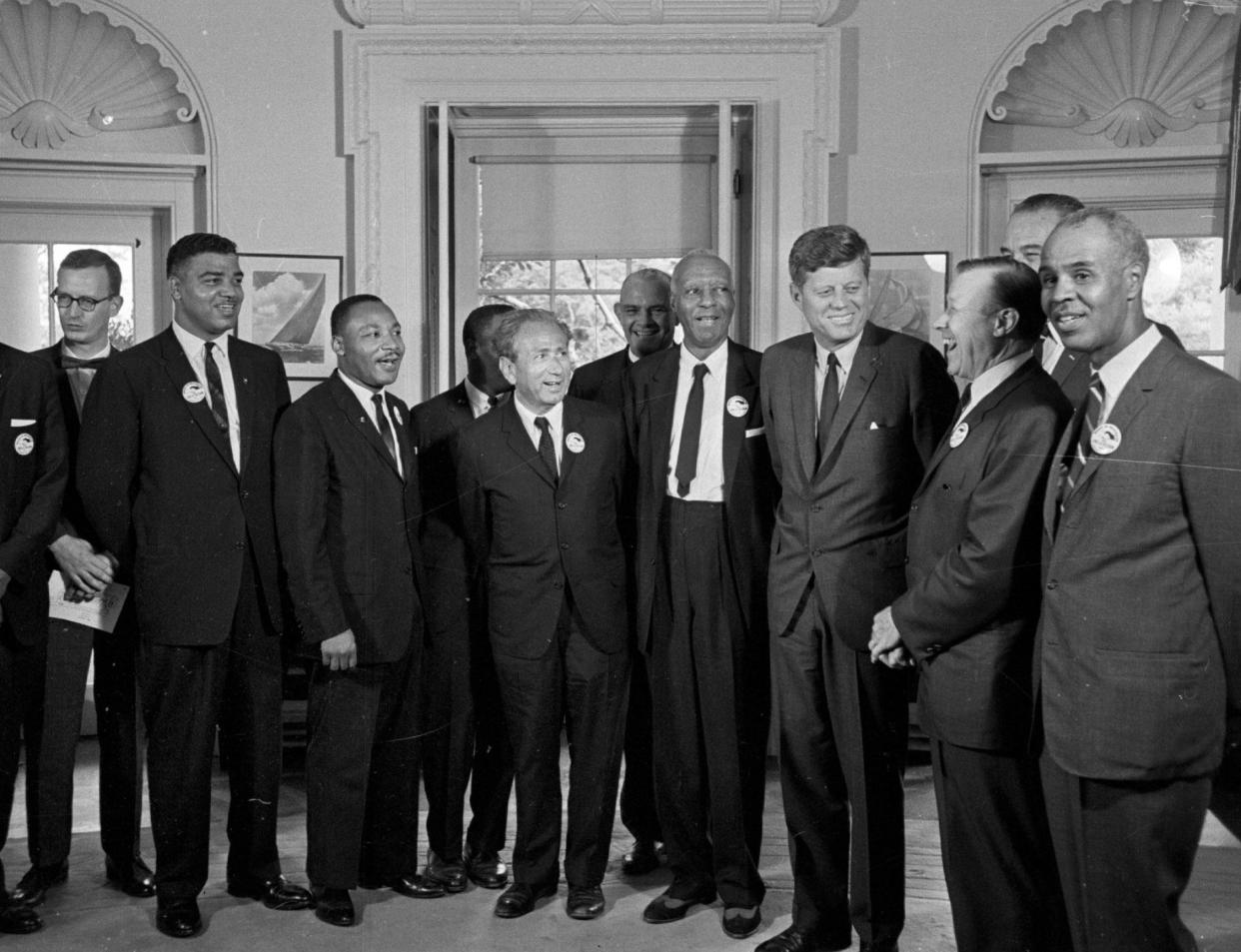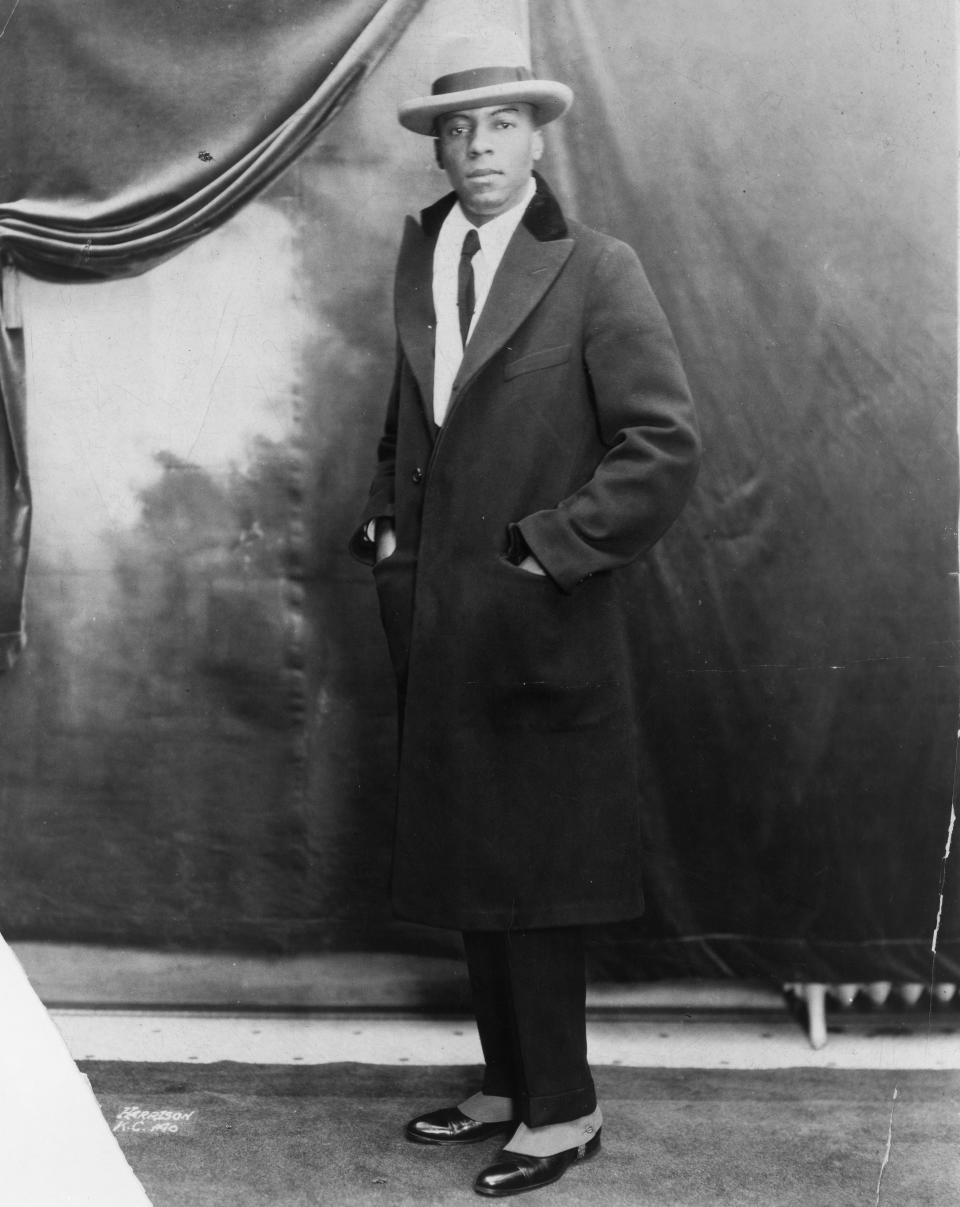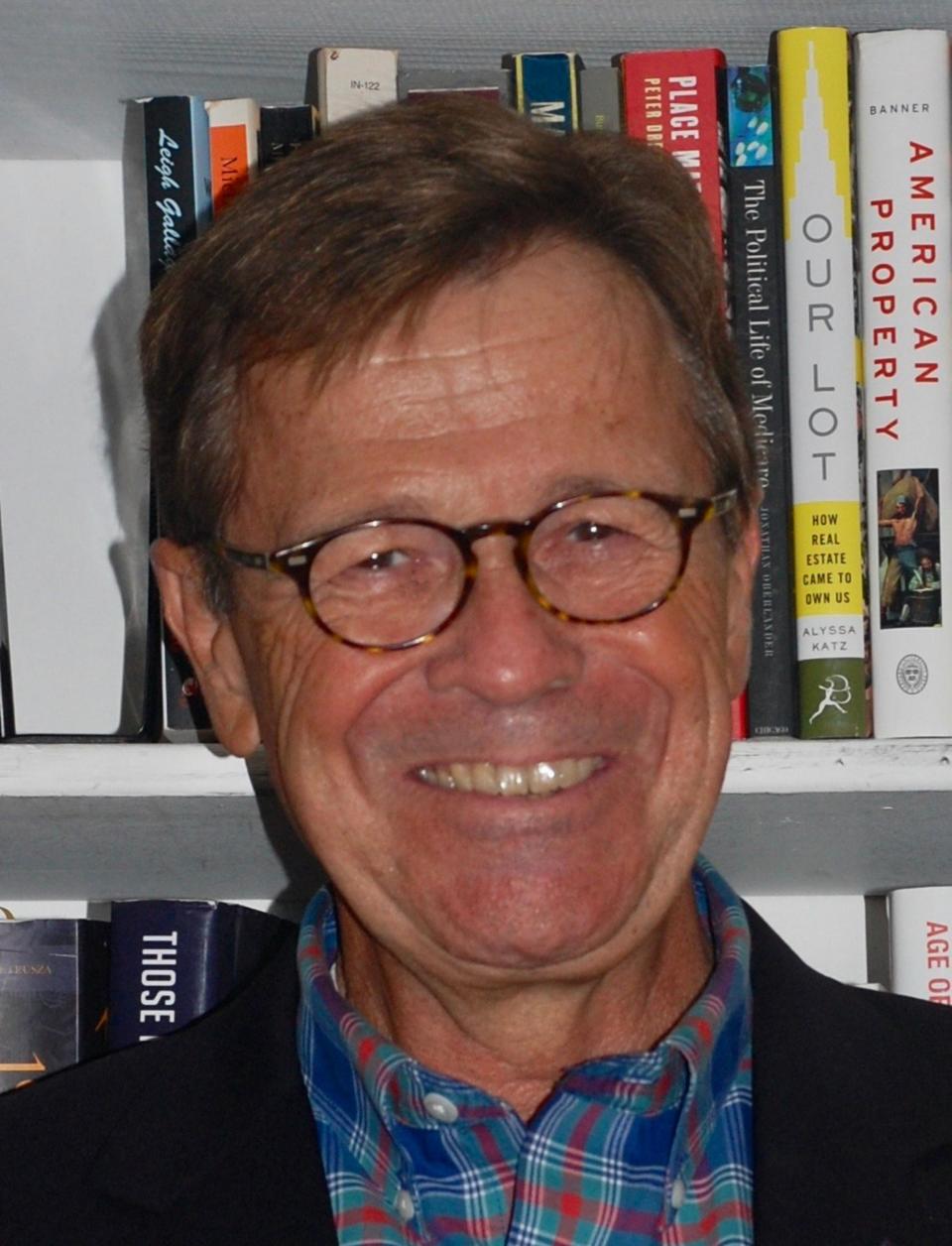Jax History CEO: In the wake of racial violence, look to A. Philip Randolph's example

- Oops!Something went wrong.Please try again later.
- Oops!Something went wrong.Please try again later.
At 22 years old, the man who would become the "founding father" of America’s civil rights movement, gave up on Jacksonville. Asa Philip Randolph (1889-1979) was the youngest of two boys born in Crescent City, a small town in Putnam County. His parents were James and Elizabeth Randolph, a minister at Union Bethel A.M.E. Church and a seamstress, respectively.
In 1891 the family moved to Jacksonville, where Asa and his brother James grew up and attended the Cookman Institute for Boys, the only institute of higher learning in Florida for African Americans. A gifted and industrious student, Asa Randolph was valedictorian of his 1907 graduating class.
For the next four years he remained in Jacksonville seeking work that was equal to his gifts, but here — as elsewhere across the American South — racial discrimination closed every door except those leading to low-paying manual labor. In 1911 Randolph left Jacksonville for New York City, seeking better opportunities.
What he became was a highly influential labor leader and one of the most important civil rights activists of the 20th century.
Letters: Gov. DeSantis is just politicizing COVID vaccines, not protecting public health
Last month, Aug. 28 marked the 60th anniversary of Dr. Martin Luther King’s “I Have a Dream” speech, a 17-minute rhetorical gem that elevated Dr. King to international fame. From the steps of the Lincoln Memorial, Dr. King spoke at the conclusion of the March on Washington for Jobs and Freedom.
That event, attended by an estimated 250,000 people and nationally televised, is best remembered for Dr. King’s eloquent call for justice for Black Americans. His words and delivery electrified supporters of the movement of every race and ethnicity. But the idea for the march began decades earlier, in the imagination of that young man from Jacksonville.
By the 1930s, A. Philip Randolph had become nationally known for moral and intellectual leadership and advocacy for Black Americans and workers. In 1941 he proposed a March on Washington to press the federal government for better jobs for Blacks in war industries.
The threat of a 100,000-person march convinced President Franklin Roosevelt to order an end to racial segregation in defense industry employment. By 1948, Randolph’s threat to organize a mass demonstration also helped convince President Harry Truman to order desegregation of the U.S. Armed Forces.

Planning for the 1963 event began in December 1961, and again the White House tried to dissuade Randolph. That effort by President John F. Kennedy was unsuccessful, and the March took place despite the new civil rights legislation introduced by Kennedy that June.
The work that went into the March on Washington was immense. Were it not for the early groundwork of Randolph, it might never have become one of the climactic events of the long American struggle for Civil Rights. And if not for that long-planned day, would Dr. King have become the global face and voice of the movement?
On Saturday, Aug. 26, 112 years after Randolph left Jacksonville, the city experienced the shooting deaths of three citizens, killed for no other reason than because they were Black. A. Philip Randolph might weep. But it seems certain that he would be undeterred.
To honor him, as well the three latest victims of racial violence, the citizens of 21st-century Jacksonville should be similarly undeterred in making their city a place whose opportunities inspire a young person like Randolph to stay, and to build a lifetime of accomplishment among his family and friends.
More from Alan Bliss: With its distinct cultural history, LaVilla could be Jacksonville's Ybor City
Instead of being martyred like Dr. King, Randolph experienced a long and crowded life. How much the nature and nurture of Randolph’s upbringing in Jacksonville shaped his adulthood is open to discussion, but what is clear is that he left this city as a young man with an immense, unfulfilled appetite for social and economic justice.
When he died at 90, in a sparse apartment in the Harlem section of New York, he could reflect on decades of towering accomplishments. Remembering Randolph today places the present, painful moment in sharper context. That may strengthen us for the work ahead in making Jacksonville a city that lives up to the legacy of one of its greatest citizens.

Alan J. Bliss, Ph.D., CEO, Jacksonville Historical Society and History Center
This guest column is the opinion of the author and does not necessarily represent the views of the Times-Union. We welcome a diversity of opinions.
This article originally appeared on Florida Times-Union: Jacksonville must be strong, live up to legacy of A. Philip Randolph
